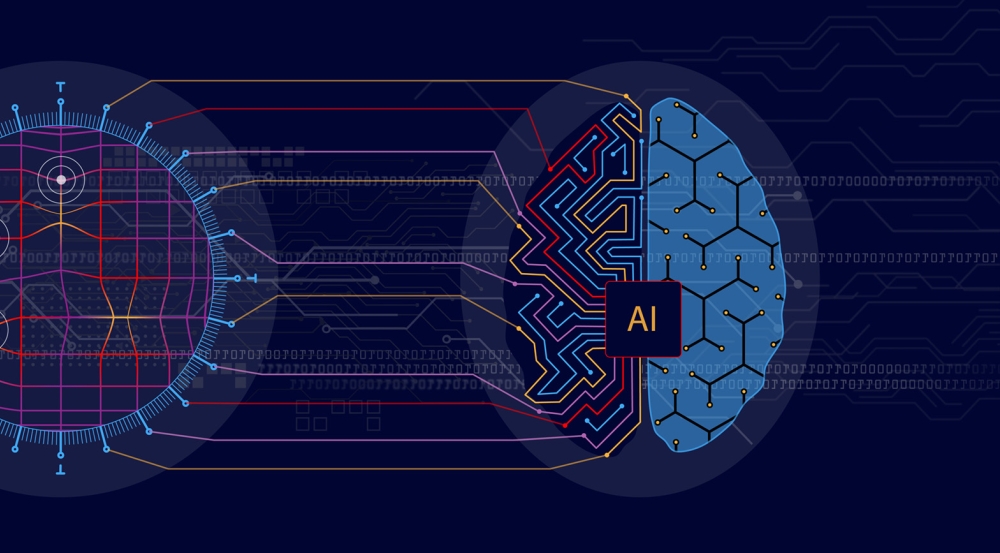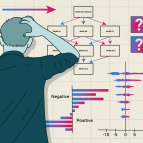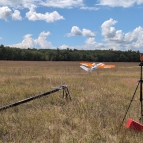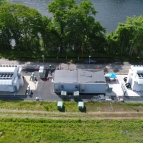Machine Learning in Resource-Constrained Environments

Machine learning has performed exceptionally well in many academic and commercial applications such as computer vision and robotics. However, developing machine learning algorithms that are robust, trustworthy, and safe in resource-constrained settings remains difficult. Resource-constrained settings include missions where the availability to collect data is limited by the adversary and missions with requirements to track, discriminate, and engage a threat in real time. These algorithms must also operate against input variations, such as electronic interference of radars, and corruptions, some intentionally designed to cause machine learning models to fail.
In response to these challenges, we are designing end-to-end machine learning solutions for target classification. Our solutions seek to better integrate the data generation and augmentation processes —generating training data from physics-based simulations and augmenting these data to provide variations expected in real-world operations — with the machine learning model training and evaluation steps. We are also exploring various ways to explicitly encode known physics-based features and properties of applications of interest within the machine learning framework. For example, we can constrain the machine learning algorithms to learn functions that satisfy the conservation of energy principle, characteristic of objects under the influence of gravity. These approaches improve data efficiency and robustness, further closing the technology gap between research and operational needs in missile defense applications. To ensure these applications are resilient to disruptions and are carried out safely, we are also designing efficient planning methods that leverage mathematically rigorous techniques for system specification and verification.




